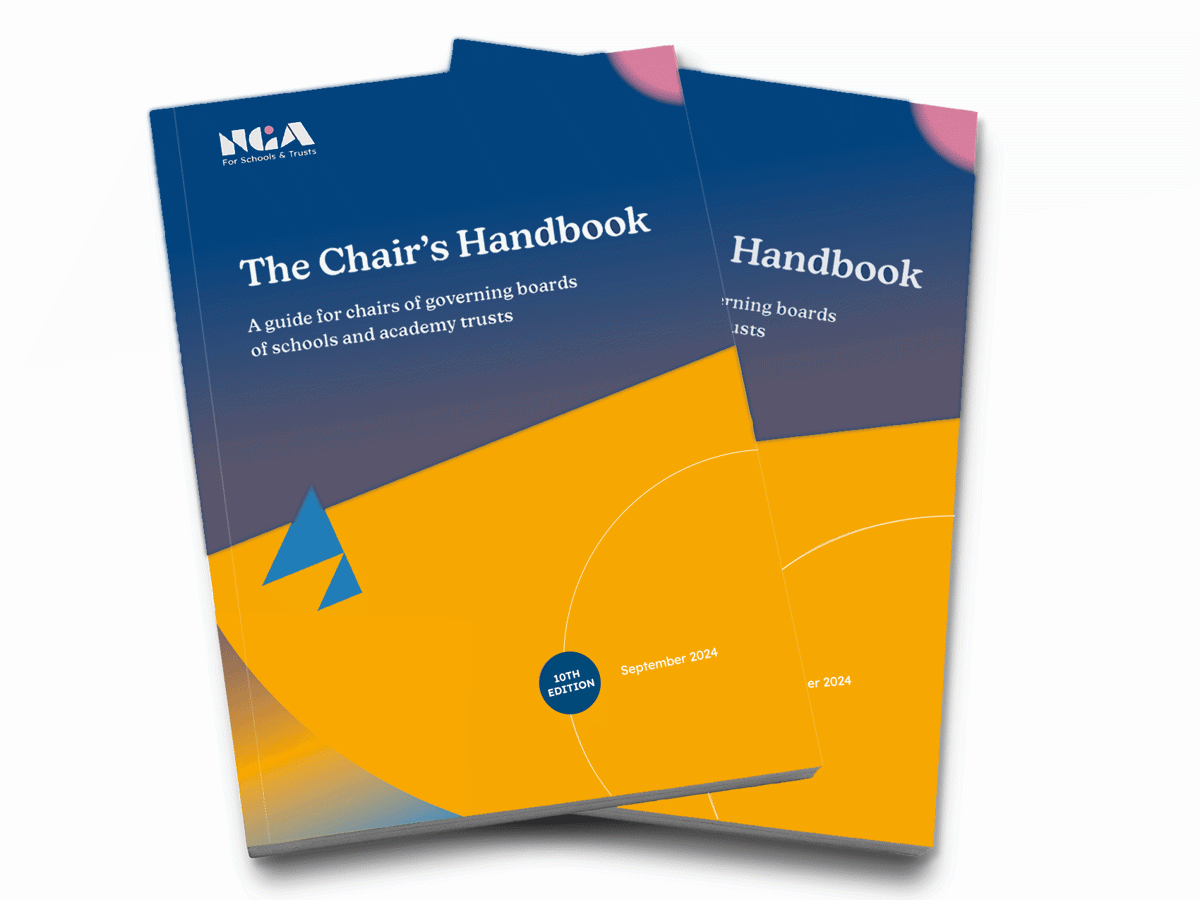Introducing five governance mindsets
My last blog two months ago gave the professional verdict on school and trust governance and the improvements we have seen over the decade. I mentioned being hugely proud of the success we have had in adding ethical and accountable governance alongside the need for effectiveness, but there have been other changes for the better.

My last blog two months ago gave the professional verdict on school and trust governance and the improvements we have seen over the decade. I mentioned being hugely proud of the success we have had in adding ethical and accountable governance alongside the need for effectiveness, but there have been other changes for the better.
One of those is a better understanding of how compliance activities fit within the governance role. Not all governance activities take place in the same mode or with the same mindset, and we often used to see boards predominantly stuck in the compliance mode, what is also termed the fiduciary mindset.
For years, I have talked about the three different mindsets needed for good governance: the generative, the strategic, and the fiduciary. These were adopted from other sectors. They were important not just to emphasise the need to stay focused on strategic matters, but also to introduce the generative mindset. It requires curiosity, creativity and an appetite for looking and thinking widely; engaging in this way may be labelled those awful managerial phrases: ‘brainstorming’, ‘thinking outside the box’, ‘horizon scanning’ or ‘blue sky thinking’.
The generative mindset is the least practiced by boards, but that is probably right as long as it is practiced well at the required time. Governors/trustees and senior leaders do need to be able to engage with each other in this way. Generative dialogue is more likely to thrive where participants have different perspectives and experiences. The more hypotheses and angles of vision, the more likely it is that perceptive insights will materialise and new issues emerge. The generative mode requires the interplay of ideas, with participants actively listening to each other and building on each other’s suggestions, even though some of them will be dropped once they are explored and strategic decisions are subsequently made.
When the board is in generative mode, the chair should adopt a slightly different approach to managing the time and should not restrict the scope unduly. A comment that at first appears out of the ordinary should be welcome; it might end up sparking a useful discussion. This way of working may not be familiar to all the board and a chair might need to encourage some more reserved or less experienced members to participate.
While working on the forthcoming edition of the Chair’s Handbook, I decided those three mindsets didn’t represent the full set of governance modes and so I have added two more which I have termed ‘Impact mode’ and ‘Values and culture’ mode. Each of these five mindsets will be used by a high performing board.

A chair needs to consider how they can ensure there are opportunities to work in all five of these ways. Many items discussed at board meetings, and particularly committee meetings, will fall into the fiduciary or impact mode, both representing core functions of governance. In practice impact mode may sometimes feel a little like the fiduciary, but it should be focused on monitoring the agreed strategic priorities in a way that makes sense to those involved. It should absolutely not be ensuring a process has been carried out.
We recommend that time is made for annual strategy reviews outside regular board meetings, and this is now fairly common practice. However a chair and executive leader should still consider throughout the year whether there are items which would bring the strategic mode to the forefront at a standard meeting.
The board of an organisation ensures that it is sustainable, surviving immediate challenges; while executive leaders move on, the board is always there in perpetuity. The fiduciary introduced the concept of the board as steward of the school’s or trust’s resources, and the added Values and culture mode recognises the board’s role as the custodian of the ethos. While now the sector rightly talks far more about the culture of both the board and the organisation as a whole, boards and their governance professionals haven’t always worked out what exactly this means for their year’s business. will find a little more in the tenth edition of the Chair’s Handbook, along with much else besides. It is now available to pre order.
The Chair's Handbook


Co-Chief Executive
As NGA’s Co-Chief Executive, Emma promotes the interests of the school governance community nationally with legislators, policy makers, education sector organisations and the media. Emma is an accomplished writer and speaker on a range of school governance policy and practice topics.














































